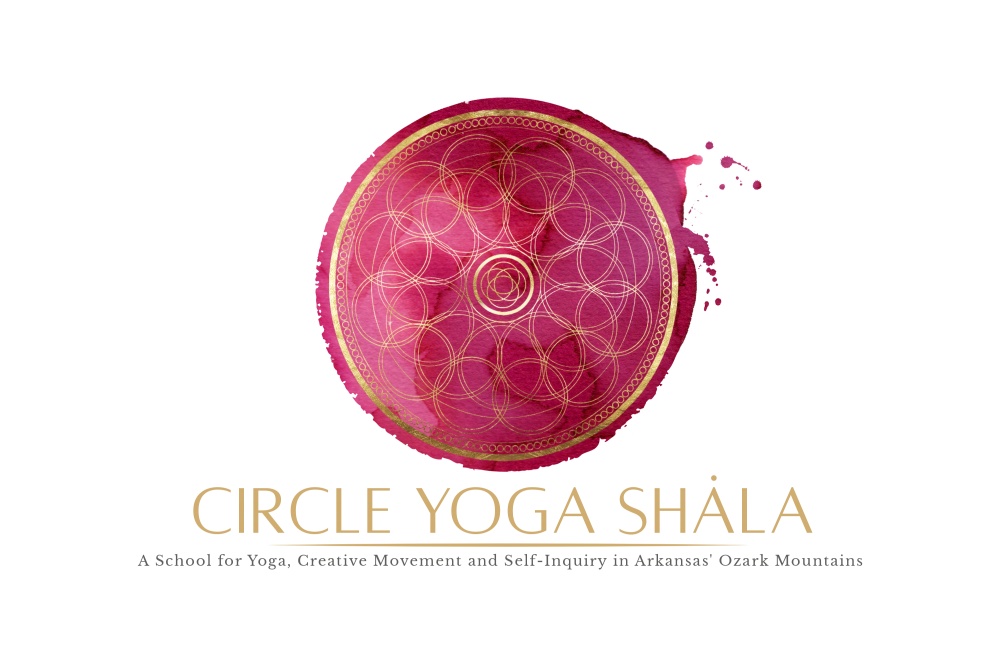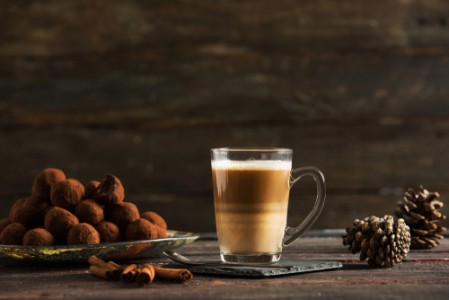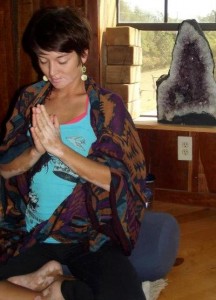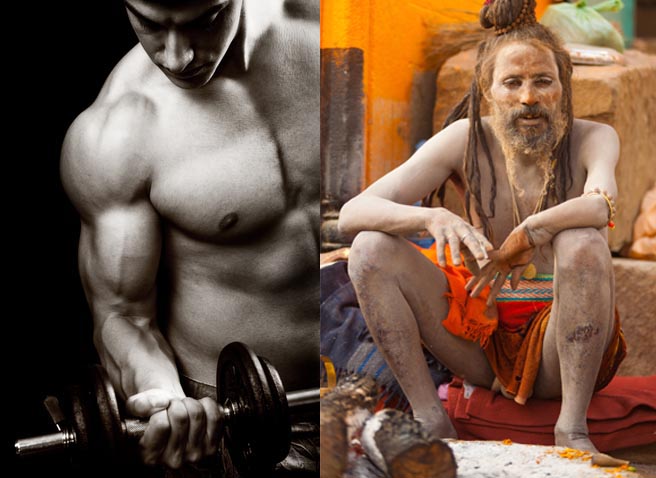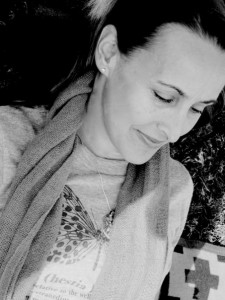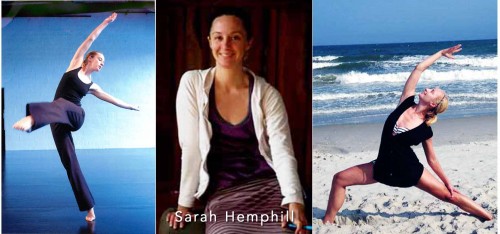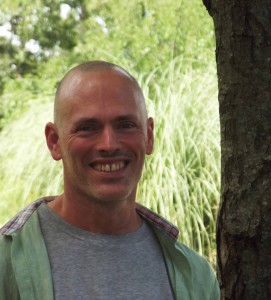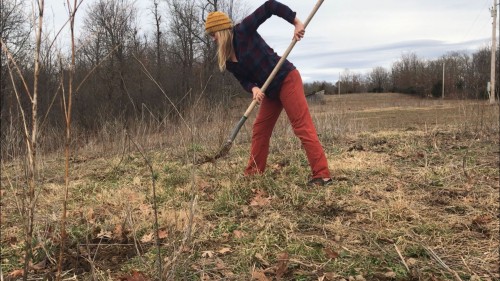
By Haleigh Smith, CYS 500RYT and Farm Manager
What has become very interesting for me as a Yoga teacher and a mover is recognizing asanas or posture among the natural, living movement that carries my body through the activities of daily life. I fold forward maybe a hundred times a day as I’m doing laundry, digging, raking, and every single time I reach for something I have dropped. I crawl, squat, kneel and move through variations of lunge in the garden and when I play with children. Side bends and twists are sprinkled throughout all foundations so that by the end of the day I have done more asanas and embodied more joint configurations than I care to tally here or anywhere.
I see my asana practice as just that– a practice. This is the sacred time and place that I designate to process and explore new patterns that become integral to the way I interface with my world. The principles and techniques of yoga are the platforms with which I assess what is happening in my body, mind, and heart so that I can honor all three with the creative reconciliation of giving them my attention. If what is learned during my practice stays only on my mat, then what exactly is it that I believe I am practicing for?
It is silly to think that I would or even could always treat posture and the many necessary transitions with as much reverence and curiosity as I do my asana practice. What I do believe is that I can practice graceful, honest movement, which is guided by breath and supported by attention. I can practice yoga off of my mat. Anywhere, in fact, and at any time. In this way, I am provided with endless opportunities to stay rooted in the awesome sensation that each moment has to offer.
Digging and Shoveling Split-Leg Stance
A handy consequence of this application of yoga is that I am able to pay homage to my body as I complete tasks that have the potential to cause wear and tear. In the photos, I am pictured shoveling, which can be very hard on the body if care is not taken to move well. In the following paragraphs, I will detail setting up this posture for use, with key factors that will begin with the feet hip-width distance apart, and then step one foot straight back, maintaining the distance between the feet widthwise as you do step. Square the hips forward. If you’re unable to do so comfortably, either increase the distance between the feet widthwise or decrease the distance between the feet lengthwise.
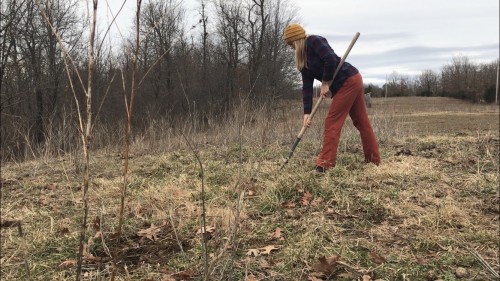
Once you are positioned to prioritize the hips comfortably squaring forward, ground to the outer edges of the feet and add a subtle internal spiraling action on each foot. To do this, spiral each foot inwards, towards the center line of your body without moving the foot or losing the outer edge groundedness. Keep a bend in the front knee and lengthen the legs in both directions. Continue reading
